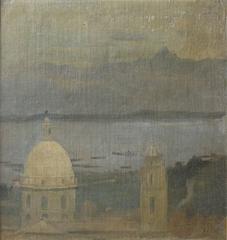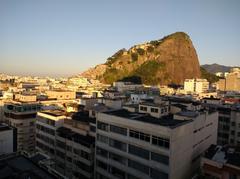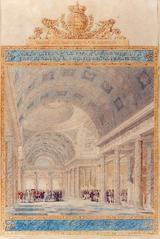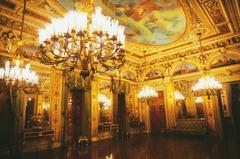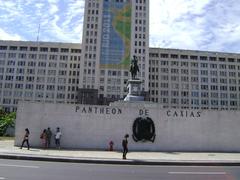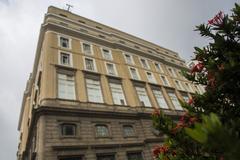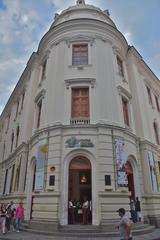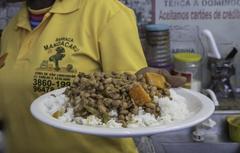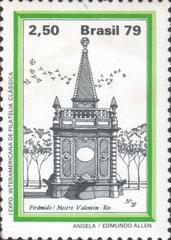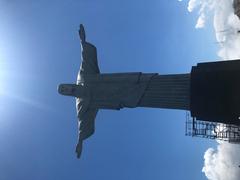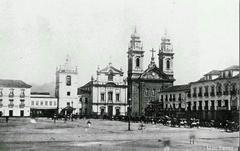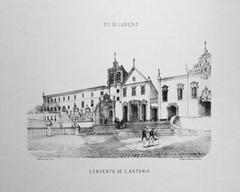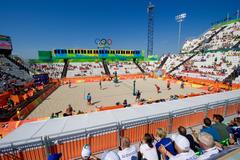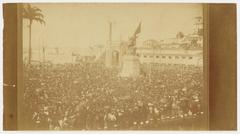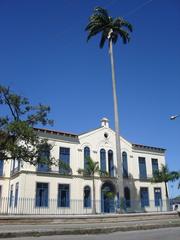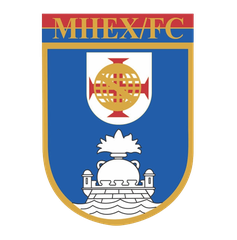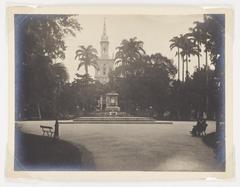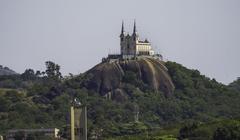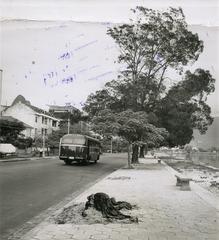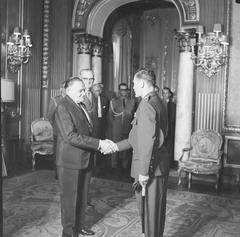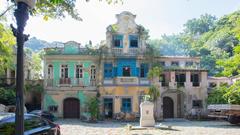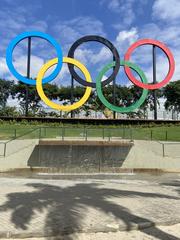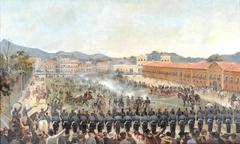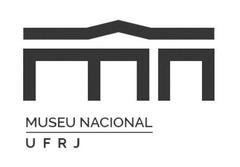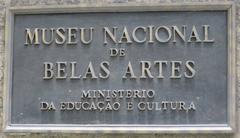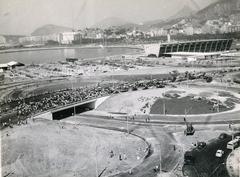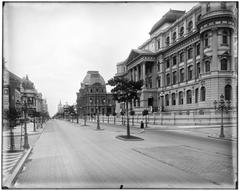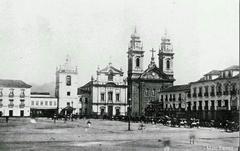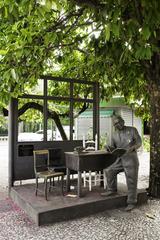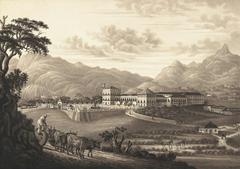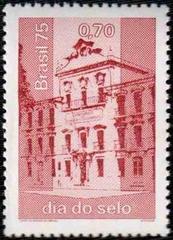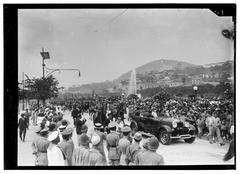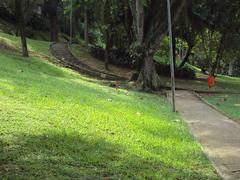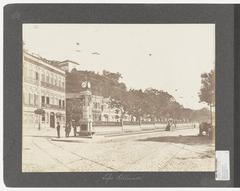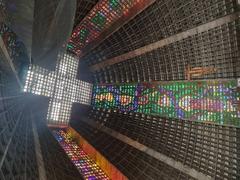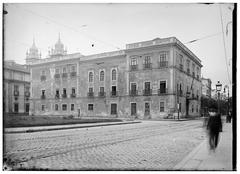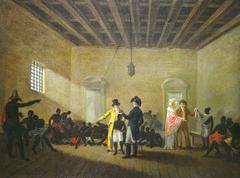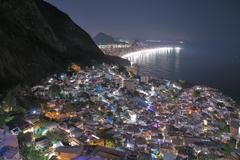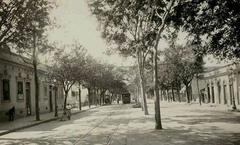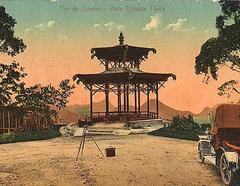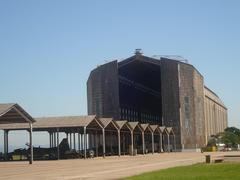Pedra do Sal: Visiting Hours, Tickets, and Historical Significance in Rio de Janeiro
Date: 17/07/2024
Introduction
Table of Contents
- Introduction
- Historical Background and Significance of Pedra do Sal
- Visitor Information
- Conclusion
- FAQ
Historical Background and Significance of Pedra do Sal
From Salt Trade Hub to African Diaspora Center
Pedra do Sal’s story begins in the 16th century during the early days of colonial Brazil. The rocky slope, then situated at sea level, served as a vital point for the salt trade. Ships laden with this precious commodity docked at the harbor. African slaves, brought to Brazil against their will, were tasked with the backbreaking labor of hauling massive sacks of salt up the steep incline. This arduous task earned the area its name, “Pedra do Sal,” meaning “Rock of Salt.”
As Rio de Janeiro expanded, the shoreline gradually shifted, and the once-coastal Pedra do Sal became landlocked. Yet, its significance in the lives of Afro-Brazilians continued to grow. The Saúde neighborhood surrounding Pedra do Sal became a haven for freed and escaped slaves seeking refuge and community. Here, they could hold onto their African traditions, languages, and religious practices, often suppressed under slavery.
The Birthplace of Samba - A Cultural Revolution
The convergence of African cultures in Saúde gave rise to a vibrant cultural scene. It was here, in the heart of Pedra do Sal, that the seeds of Samba were sown. This uniquely Brazilian musical genre, with its infectious rhythms and improvisational spirit, became a powerful expression of Afro-Brazilian identity and resistance. The steps of Pedra do Sal transformed into an open-air stage, where musicians gathered, sharing stories and experiences through music and dance.
A Legacy of Resilience and Cultural Pride
The significance of Pedra do Sal extends far beyond its musical heritage. It stands as a powerful symbol of the resilience and cultural richness of the African diaspora in Brazil. Despite centuries of oppression and marginalization, Afro-Brazilian communities preserved their heritage, using music, dance, and oral traditions to keep their history alive.
Visitor Information
Visiting Hours and Tickets
Pedra do Sal is open to visitors daily, with no specific visiting hours as it is an open public space. There is no admission fee, making it accessible to everyone who wishes to explore its historical and cultural significance.
Travel Tips
- Getting There: Pedra do Sal is easily accessible by public transportation. The nearest metro station is Uruguaiana, and several bus lines run through the Saúde neighborhood.
- Best Time to Visit: While Pedra do Sal can be visited any time of day, evenings are particularly lively, with live Samba performances and a vibrant street atmosphere.
- Nearby Attractions: While in the area, consider visiting other historical sites such as the Valongo Wharf, a UNESCO World Heritage site, and the Museum of Tomorrow.
- Accessibility: The staircase can be challenging for those with mobility issues, but the surrounding area is generally accessible.
Special Events and Guided Tours
Pedra do Sal hosts various events throughout the year, including Samba nights and cultural festivals. Guided tours are available and can provide deeper insights into the site’s history and cultural significance. Check local listings or the official Pedra do Sal website for the latest event information.
Photographic Spots
The colorful steps and vibrant street life make Pedra do Sal a fantastic spot for photography. Capture the essence of Rio de Janeiro’s Afro-Brazilian heritage and the lively community spirit that thrives here.
Conclusion
FAQ
- What are the visiting hours for Pedra do Sal? Pedra do Sal is open 24/7 as it is an open public space.
- Do I need to buy tickets to visit Pedra do Sal? No, there is no admission fee to visit Pedra do Sal.
- How do I get to Pedra do Sal? The nearest metro station is Uruguaiana, and several bus lines run through the Saúde neighborhood.
- What is the best time to visit Pedra do Sal? Evenings are particularly lively, with live Samba performances.
- Are there guided tours available? Yes, guided tours are available and can provide deeper insights into the site’s history and cultural significance.

